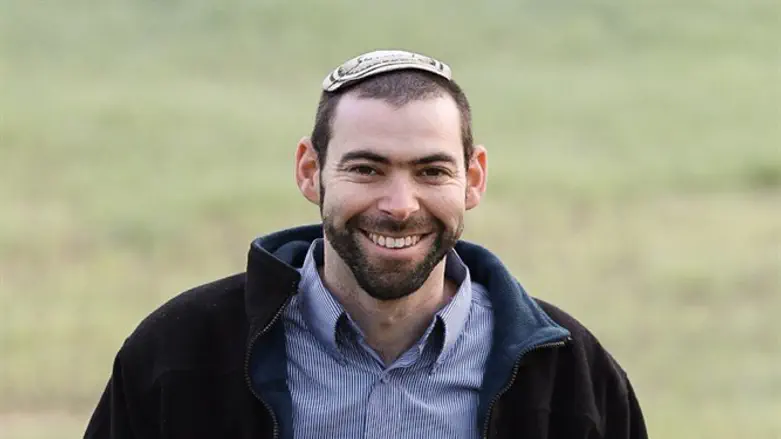
A world lost
What loss did we experience on Tisha Ba'v? Why do we mourn?
The simple answer would be the destruction of the Temple. While that's obviously true, it isn't merely the physical structure which we mourn.
The actual structure of the Beit Hamikdash represented a complete way of life. It provided a spiritual atmosphere and environment which we lost once the Beit Hamikdash was destroyed. Chazal describe ten miracles which occurred in the Beit Hamikdash (Avot, 5, 5).
I would like to examine some of these miracles. Each miracle wasn’t merely a “coincidence” or a magical trick performed upon the uttering of "abra cadabra". Rather, each miracle teaches us something unique about the "world of the Mikdash" which we lost.
An undisturbed relationship
The fire of the Mizbeach (altar) would never burn out; Even though it was located outdoors, the rain never extinguished it. In addition, the smoke from the Mizbeach did not dissipate; It would rise up straight towards the sky, even when it was a stormy and windy day.
How can this be understood? The fire represents the relationship between Am Yisrael (the Jewish people) and Hashem, and the sacrifices are the symbol of this connection. During the time of the Temple, this love and relationship was unconditional. It did not fluctuate or die out. It was direct and consistent, just as the unextinguishable fire and the unwavering smoke going up to heaven.
Bringing spiritual meaning from a physical source
Another miracle was that the meat from the sacrifices would neither rot nor leave any stench, even when left outdoors for up to three days. Nor was a fly ever seen in the vicinity where the slaughtering of the sacrifices took place. This was not merely remarkable but rather a miracle.
What can we learn from this? What makes decaying flesh smell bad? The answer is death. A living person has a Nefesh (spirit) which is life. Once a person passes away, the body loses that life. The odor comes from the decay of the physical part of the human being. This miracle suggests that the reason the flesh from the sacrifices didn’t smell or attract flies was because of the holiness and purity attributed to the sacrifices. It wasn't just a BBQ; The physical sacrifice was imbued with a Nefesh which thereby elevated it to a sacred procedure connecting with God.
Being in Harmony with nature
According to the Mishna, snakes and scorpions didn't sting or do harm in Jerusalem. According to the Tiferet Yisrael (Avot 5, 5), they did exist, except they didn't sting or attack.
What can we learn from this miraculous defiance of nature? This may suggest that when man’s Avodat (worship of) Hashem is involved there is more harmony with nature. This alludes to the prophecies of the Geula (redemption) in which it is foreseen that (against nature) the wolf shall live side by side with the lamb, and children will play together with snakes (See Ra'avad, Melachim,12,1). The forces of evil and will to harm were deleted. The world was a better place.
To feel like you belong!
When Am Yisrael would stand in the Beit Hamikdash it was very crowded, yet when they would bow down on to the floor to pray, each person would have his own personal space of four amot (2 square meters). This miraculous occurrence teaches us that coming to the Beit Hamikdash was an extraordinary experience. It wasn’t just a collective experience. Each individual was able to experience his own personal connection to God. Everyone found his or her own spot. Everyone had a sense of belonging. Today it is harder to find that special personal connection (another loss of the world we once knew).
The bleeding curtain
The Talmud describes (Gittin, 56, b) that during the destruction of the Beit Hamikdash, Titus, the head of the Roman legions came into the Kodesh Hakodashim (inner sanctum). He pierced the Parochet (ornamental curtain) and it began to bleed. In other words, once the structure was destroyed, we lost all of the Holiness and the “life” it contained.
We continued to bleed for many years.
One day, when the Beit Hamikdash is rebuilt, the holiness, and “life” will be restored. Bimheira beyameinu!
Rabbi Yonatan Kirsch was born in NJ but grew up in Ginot Shomron after his parents moved to Israel. He teaches at the Hesder Yeshiva in Sderot, where he lives with his wife and family, after receiving his semicha from the Chief Rabbinate of Israel. He is author of the book "Ma'alot Hamikve", published by Dabri Shir, and served as a combat soldier, is a certified tour guide.